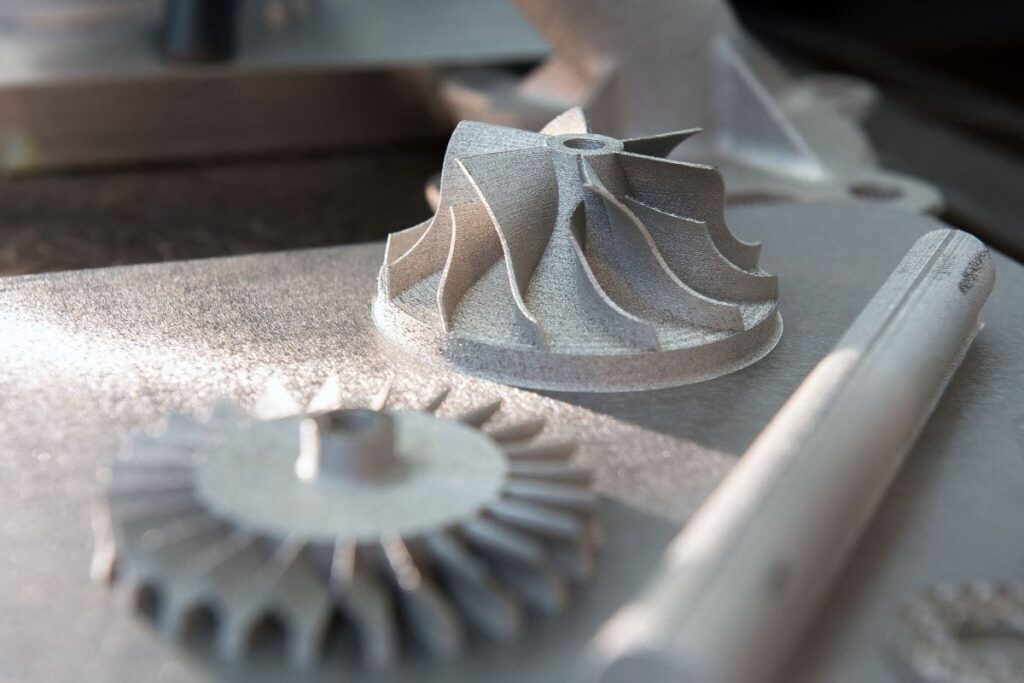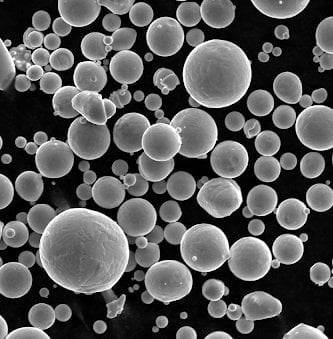440C Stainless Steel Powder for 3D Printing: A Comprehensive Guide
Table of Contents
Overview
440C stainless steel is a martensitic stainless steel known for its exceptional strength, hardness, and wear resistance. In recent years, 440C stainless steel powder has gained significant popularity in 3D printing, particularly in industries demanding high-performance components. This article delves into the world of 440C stainless steel powder for 3D printing, exploring its properties, applications, specifications, suppliers, and more.

440C Stainless Steel Powder Types, Composition, and Properties
| Property | Description |
|---|---|
| Composition | 440C stainless steel powder primarily consists of iron, chromium, carbon, and molybdenum. |
| Hardness | 440C stainless steel powder exhibits exceptional hardness, ranging from 58 to 62 HRC after heat treatment. |
| Strength | It possesses high tensile strength, typically around 1,200 MPa, and yield strength, approximately 1,000 MPa. |
| Wear Resistance | 440C stainless steel powder offers excellent wear resistance due to its high hardness and the formation of chromium carbides during heat treatment. |
| Corrosion Resistance | While not as corrosion-resistant as austenitic stainless steels, 440C stainless steel powder provides moderate resistance to corrosion. |

440C Stainless Steel Powder Applications
440C stainless steel powder finds application in various industries, including:
| Industry | Applications |
|---|---|
| Aerospace | Turbine blades, landing gear components, and structural parts |
| Automotive | Gears, shafts, and other high-wear components |
| Medical | Surgical instruments, implants, and dental tools |
| Oil and Gas | Valves, pumps, and other components exposed to harsh environments |
| Tooling | Cutting tools, molds, and dies |
Specifications, Sizes, and Grades
440C stainless steel powder is available in various specifications, sizes, and grades. Common specifications include:
| Specification | Description |
|---|---|
| ASTM A666 | Standard specification for stainless steel powder metallurgy structural parts |
| ISO 3091 | International standard for stainless steel powder metallurgy materials |
| MPIF Standard 35 | Standard for metal powders used in additive manufacturing |
Sizes of 440C stainless steel powder typically range from 15 to 150 microns. Grades of 440C stainless steel powder include:
| Grade | Description |
|---|---|
| 440C | Standard grade with balanced properties of strength, hardness, and corrosion resistance |
| 440C Modified | Modified grade with improved corrosion resistance and toughness |
| 440C High Carbon | Grade with higher carbon content for enhanced hardness and wear resistance |
Pricing for 440C stainless steel powder varies depending on factors such as supplier, quantity, and particle size. Generally, prices range from $50 to $200 per kilogram.
Pros and Cons
| Pros | Cons |
|---|---|
| Exceptional strength and hardness | Lower corrosion resistance compared to austenitic stainless steels |
| Excellent wear resistance | Prone to hydrogen embrittlement if not properly heat treated |
| Versatile applications in various industries | Can be more expensive than other stainless steel powders |
FAQ
| Question | Answer |
|---|---|
| What is the difference between 440C and other stainless steel grades? | 440C stainless steel has a higher carbon content than other grades, resulting in increased hardness and wear resistance. |
| Is 440C stainless steel powder suitable for all 3D printing processes? | 440C stainless steel powder is primarily used in laser powder bed fusion (LPBF) and electron beam powder bed fusion (EBPBF) processes. |
| How can I improve the corrosion resistance of 440C stainless steel powder? | Heat treatment and surface treatments, such as nitriding or passivation, can enhance the corrosion resistance of 440C stainless steel powder. |
| What are the typical applications of 440C stainless steel powder? | 440C stainless steel powder is commonly used in aerospace, automotive, medical, oil and gas, and tooling industries. |
| How can I choose the right supplier for 440C stainless steel powder? | Consider factors such as supplier reputation, product quality, pricing, and technical support when selecting a supplier. |
Conclusion
440C stainless steel powder offers a unique combination of strength, hardness, and wear resistance, making it an ideal choice for 3D printing high-performance components in various industries. Its versatility and adaptability make it a valuable material for engineers and manufacturers seeking to push the boundaries of innovation.
Share On
MET3DP Technology Co., LTD is a leading provider of additive manufacturing solutions headquartered in Qingdao, China. Our company specializes in 3D printing equipment and high-performance metal powders for industrial applications.
Inquiry to get best price and customized Solution for your business!
Related Articles
About Met3DP
Recent Update
Our Product
CONTACT US
Any questions? Send us message now! We’ll serve your request with a whole team after receiving your message.

Metal Powders for 3D Printing and Additive Manufacturing
COMPANY
PRODUCT
cONTACT INFO
- Qingdao City, Shandong, China
- [email protected]
- [email protected]
- +86 19116340731









